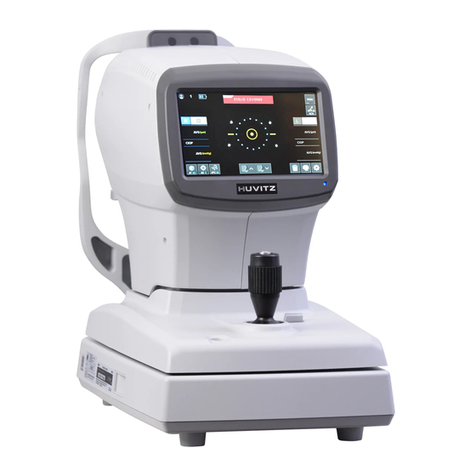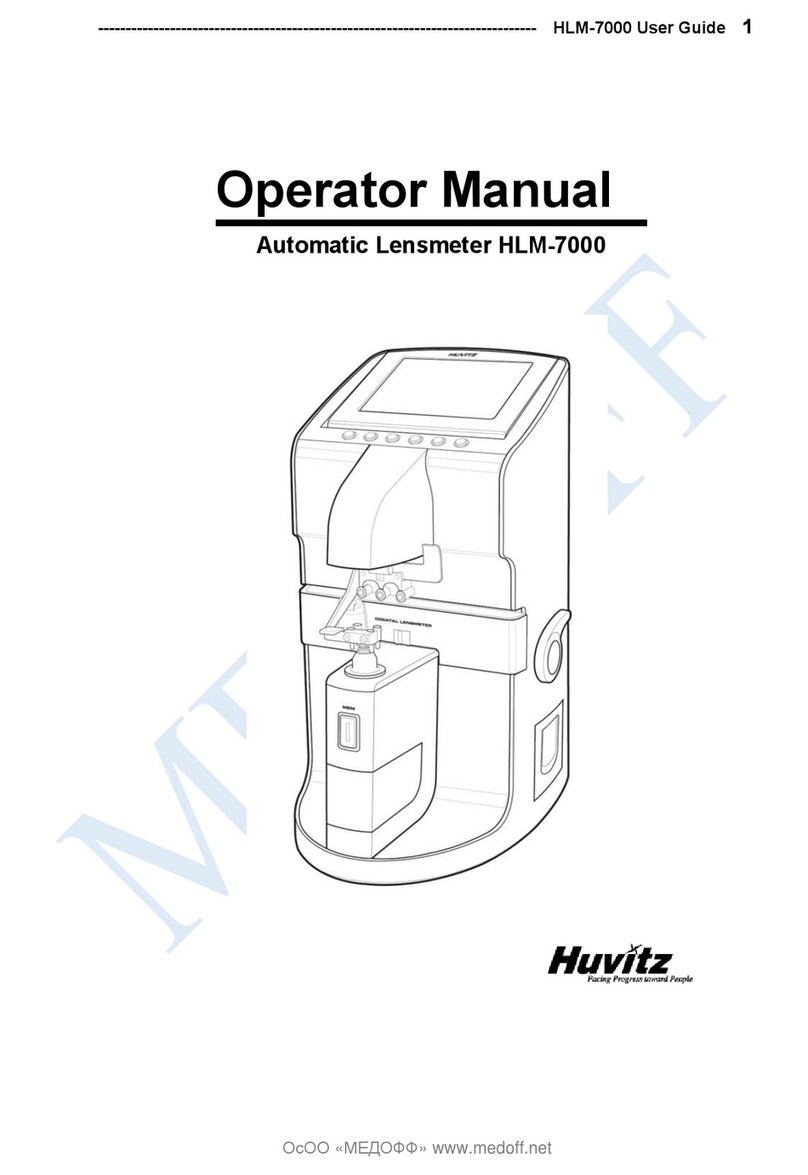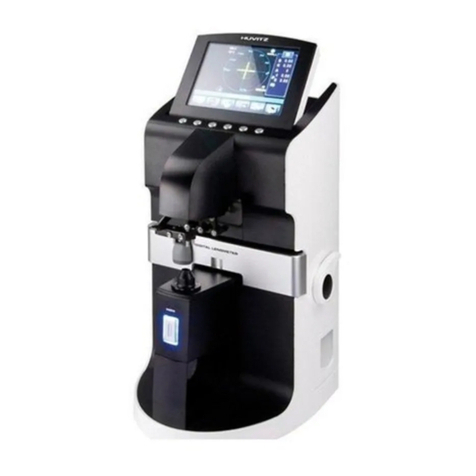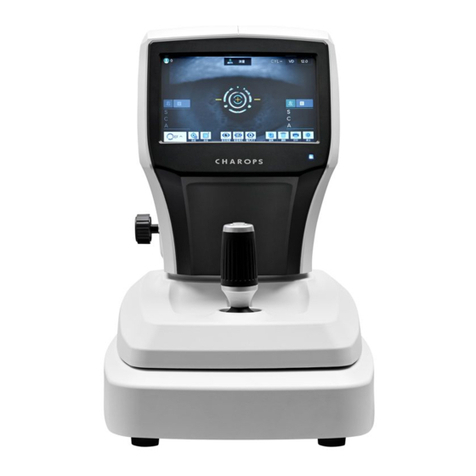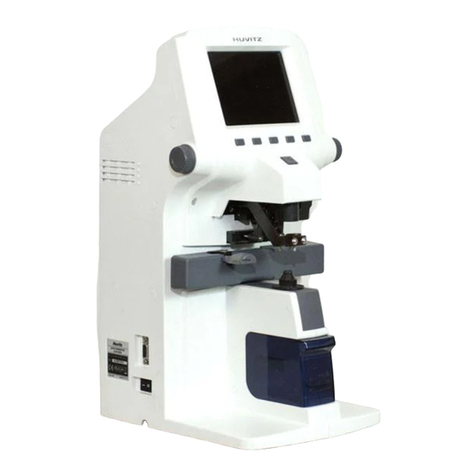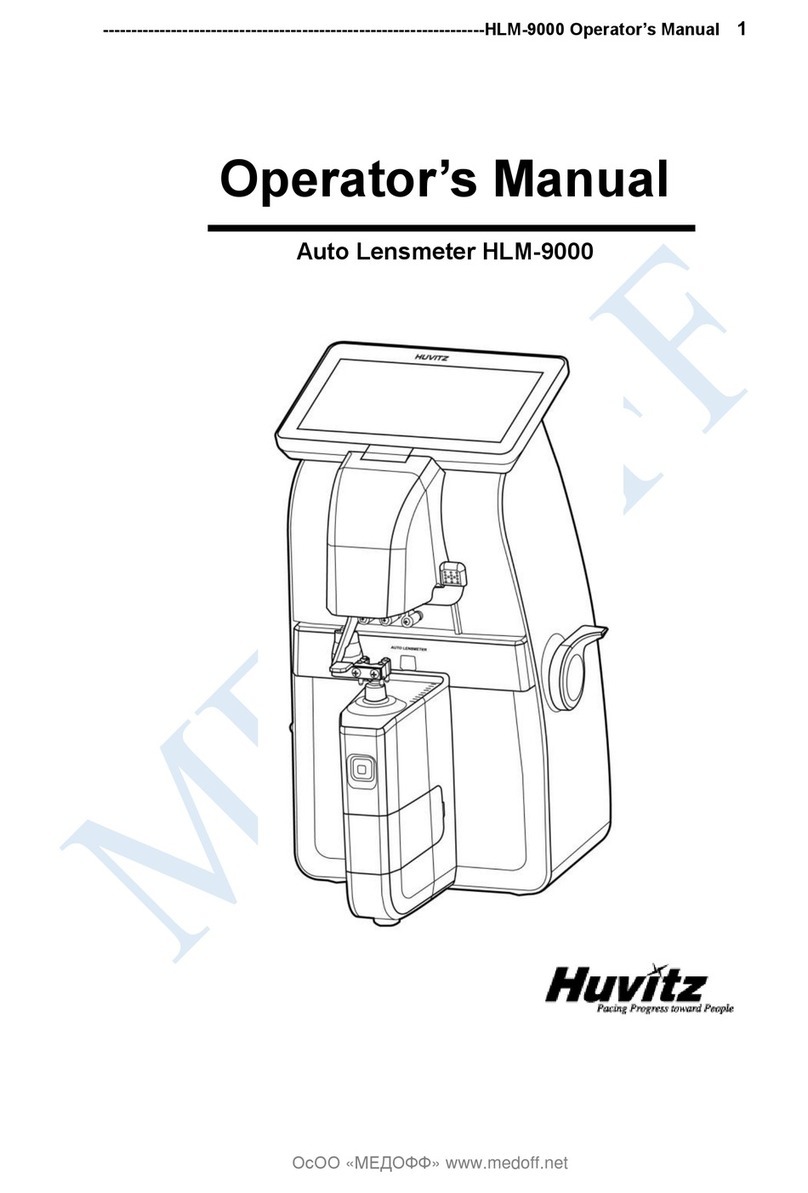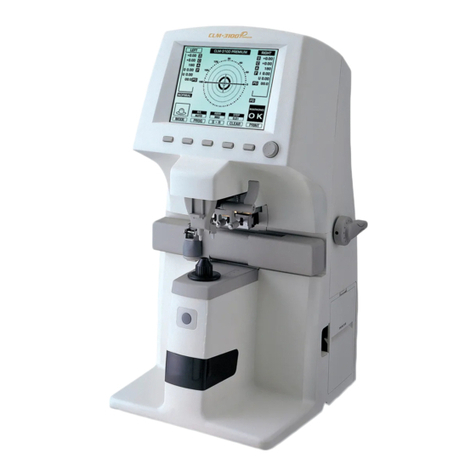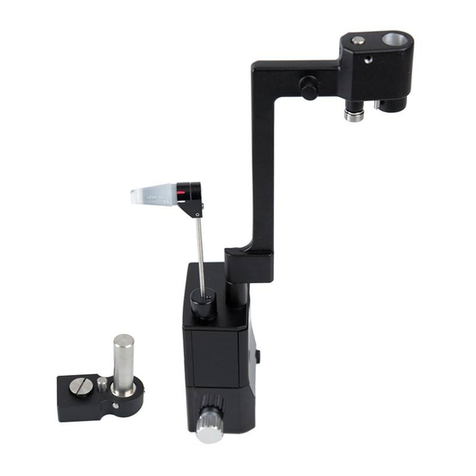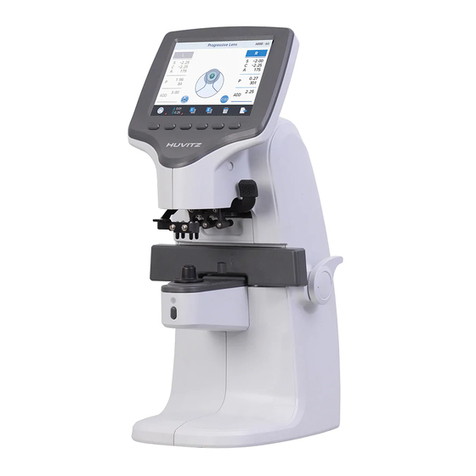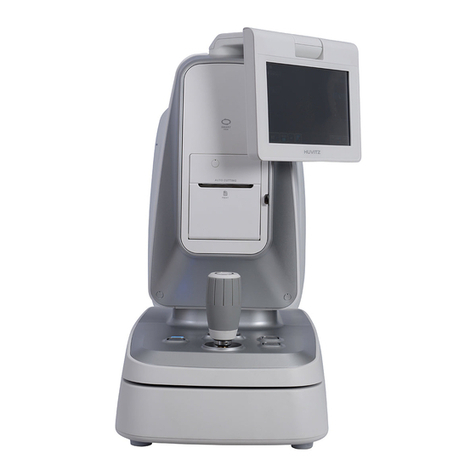
2
AUTO-LENSMETER
INDEX
1. INTRODUCTION................................................................................... 4
1.1. COMPONENTS LIST........................................................................................................................4
1.2. REPAIR PROCEDURE ......................................................................................................................6
1.3. CAUTIONS ...................................................................................................................................7
1.4. DISPLAY LAYOUT FOR ROM INFORMATION .................................................................................7
1.5. OPTICAL SYSTEM ..........................................................................................................................7
1.6. MEASUREMENT PRINCIPLE.........................................................................................................9
2. CHECKING AND SETUP METHOD............................................10
2.1. SETUP ORDER..............................................................................................................................10
2.2. HOW TO SET ORIGIN ...................................................................................................................... 11
2.3. HOW TO SET PRISM .....................................................................................................................13
2.4. HOW TO SET 12 STANDARD LENSES .............................................................................................14
2.5. HOW TO SET THE RIGHT/LEFT SWITCHING POSITION OF PD ........................................................15
2.6. DIOPTER SETTING ARIABLES LIST.............................................................................................16
2.7. THE CALIBRATION OF THE CYLINDRICAL AXIS .............................................................................17
2.8. –5D SETUP FOR THE PROGRESSI E MEASUREMENT......................................................................18
3. REPAIR STANDARD ...................................................................... 19
3.1. REMO ING BODY REAR CO ER ASSEMBLY ..................................................................................19
3.2. REMO ING BODY FRONT CO ER (UPPER) ......................................................................................21
3.3 REMO ING PRINTER ASSEMBLY ......................................................................................................23
3.4 REMO ING PD ASSEMBLY................................................................................................................25
3.5 REMO ING BODY FRONT CO ER(LOWER).......................................................................................29
3.6 REMO ING U ASSEMBLY ..............................................................................................................31
3.7 REMO ING MO EMENT ASSEMBLY .................................................................................................33
3.8 REMO ING GEAR ASSEMBLY...........................................................................................................35
3.9 REMO ING MAIN BOARD ASSEMBLY...............................................................................................37
3.10 REMO ING BACK BONE ASSEMBLY ...............................................................................................39
3.11 REMO ING SMPS ASSEMBLY AND POWER CO ER ........................................................................45
4. ELECTRICAL SYSTEM ................................................................47
4.1. MAIN BOARD PCB ASS’Y ...........................................................................................................47
4.2 INSPECTING SMPS ............................................................................................................................48
